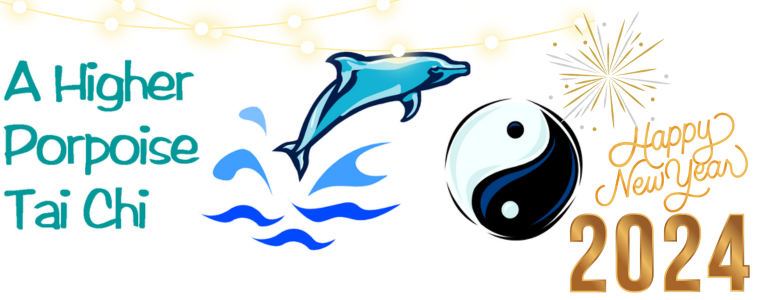This week's stance is one you should know the name of already. It appears many times in the 16- and 24-step forms and we practise it in the warm-ups as well. Gōngbù is usually called bow stance, short for bow and arrow stance, because your front leg is bent like a bow and your back leg is straight like an arrow (but still with the knee soft). Most of your weight (about 70%) will be on the front leg. Your front foot should be pointing forward, in the direction you are going. Your back foot will be angled outwards at about 45 degrees. Both feet are flat on the floor. You should take care that your stance is not too narrow - if you look forward into a mirror you should see a small gap between your feet. A wider stance will give you better balance. Ideally if you brought your back foot straight forward in line with your front foot they should be shoulder-width apart.
Sunday 29 May 2011
Sunday 22 May 2011
Stance of the week: mǎbù (horse stance)
This week's stance is mǎbù, or horse stance. Also called horseriding stance because you squat down as if you are sitting on a horse. Feet are parallel and weight is centred, just as in the last two stances. Knees are bent and back is straight and vertical. Body is usually facing forwards. We use this stance a lot in the ba duan jin qigong exercises. It also appears several times in the tai chi kungfu fan form.
 Image by MikeOliveri via Flickr
Image by MikeOliveri via FlickrMonday 16 May 2011
Stance of the week: kailìbù (parallel stance)
This week's stance is kailìbù, or parallel stance. As the name implies, you stand with feet parallel, toes pointing forward. Your weight is centered, as for feet-together stance. Legs are straight (but not locked). Kailìbù appears near the beginning of all the standard hand forms at the beginning of Qǐshì (Start the Form), before you bend your knees. It also appears in cross hands at the end of all the standard hand forms.
Saturday 7 May 2011
Stance of the week: bìngbù (feet-together stance)
With the next tai chi course at Lowton High School, I will be including a bit more theory as homework. To help with this I will be posting a stance of the week here. When I say stance, I am talking about the position of the lower body, the legs and feet. There are a number of standard tai chi stances which appear in different postures when combined with different hand positions.
This week's stance is bìngbù or feet together stance. This can be with either straight legs or bent legs. The feet together stance with straight legs is used in Yùbèishì, the ready position we stand in at the beginning and end of every form. In this stance, the feet should be together, both pointing forwards.Your weight should be centred, on both feet equally. It should also be centred between front and back so it is balanced equally between the heel and the ball of the foot. In the straight-leg version of the stance as used in the ready position, the legs should (obviously) be straight. They should, however, be relaxed and comfortable with the knees soft, not locked.
Thursday 5 May 2011
Reminder
Just a reminder that the follow-on tai chi class at Lowton High School starts this Monday 9 May at 7pm. See you there!
Subscribe to:
Posts (Atom)






